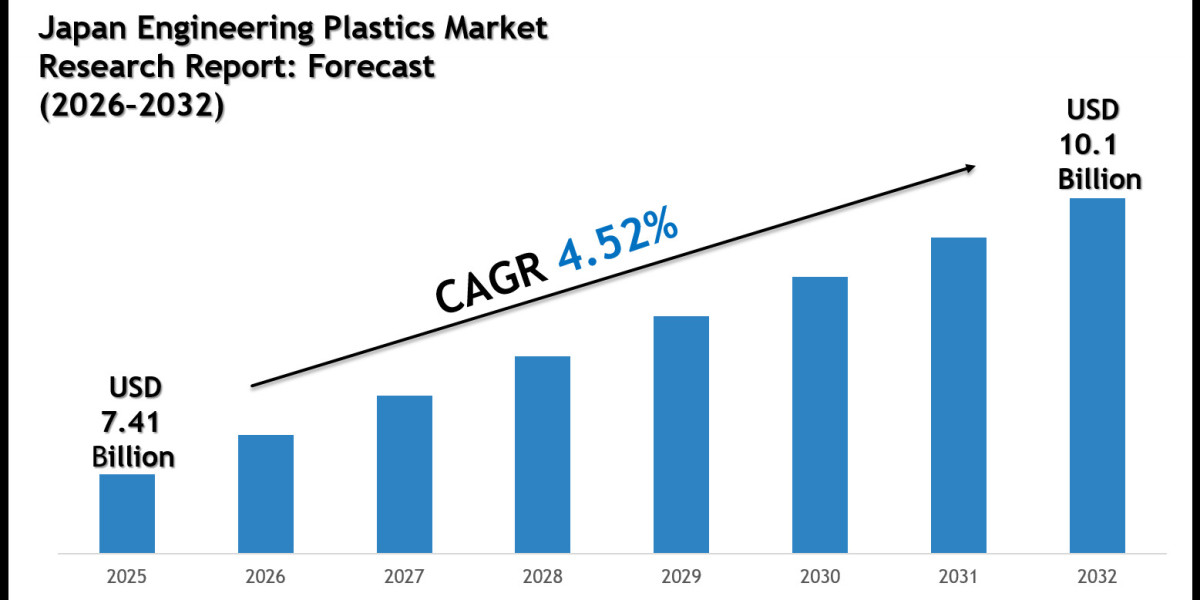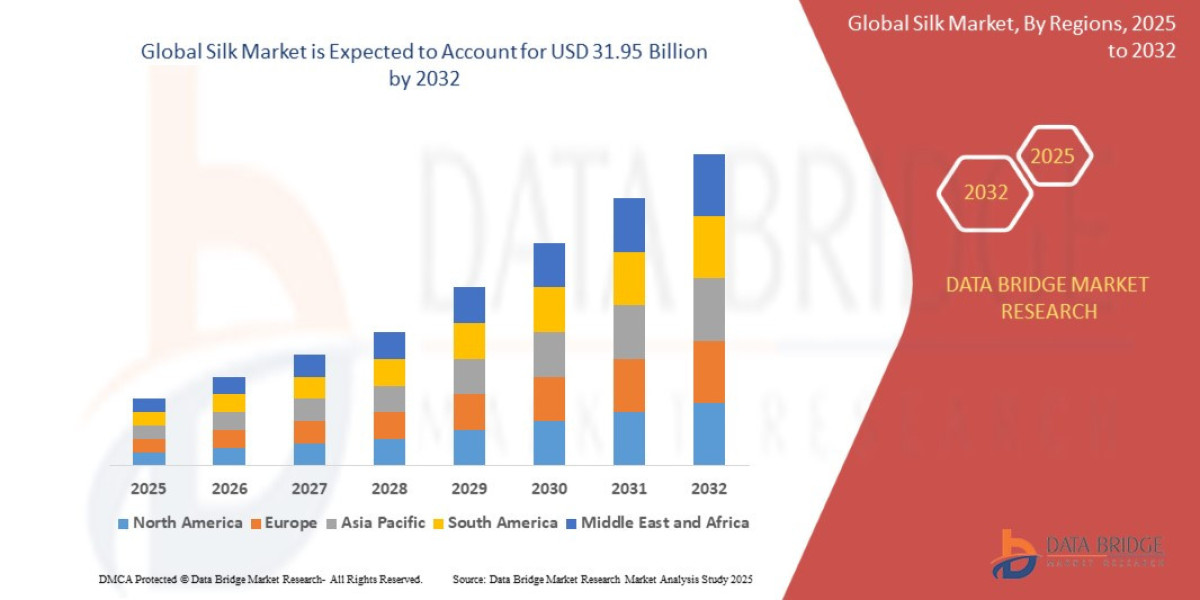A powerful architectural trend that is a central component of the Global Data Market in the United States is the widespread adoption of the "modern data stack." This is a new, best-of-breed, and highly modular architecture for building a company's data and analytics platform. It represents a fundamental departure from the old, monolithic, end-to-end data suites from a single vendor. The modern data stack is built on a philosophy of using a series of specialized, cloud-native tools that are best-in-class for their specific function and are designed to work together seamlessly. This composable architecture typically consists of several key layers: a cloud data platform (like Snowflake or BigQuery) at the center to act as the single source of truth; an automated data ingestion tool (like Fivetran) to load data into the platform; a data transformation tool (like dbt) to clean, model, and prepare the data for analysis; and a business intelligence tool (like Tableau or Power BI) for visualization and reporting. This modular approach has been a massive driver of innovation and market growth, as it has enabled the creation of a vibrant ecosystem of specialized startups, each competing to be the best at a specific piece of the data puzzle.
Key Players
The key players in the US modern data stack ecosystem are a "who's who" of the most innovative and fastest-growing companies in the data industry. At the central data platform layer, the key players are Snowflake and Databricks, who have pioneered the cloud data warehouse and data lakehouse categories, respectively. At the data ingestion layer, the key player is Fivetran, which has built a massive library of pre-built connectors that can automatically pull data from hundreds of different SaaS applications and databases into the central data platform. In the crucial data transformation layer, the key player is dbt Labs, the company behind the open-source project dbt, which has become the de facto standard for how modern data teams transform and model their data using software engineering best practices. In the "reverse ETL" layer, which syncs data from the warehouse back to operational systems, key players include startups like Census and Hightouch. And at the final analytics layer, the key players are the major BI vendors like Tableau and Power BI. The strong partnership and deep technical integrations between these key players are what make the modern data stack a cohesive and functional architecture.
Future in "Global Data Market"
The future of the modern data stack in the United States will be a story of continued evolution, a greater focus on governance, and a potential for re-consolidation. The future will see the emergence of new categories and layers within the stack. For example, there is now a growing focus on "data observability," with a new generation of startups building tools to monitor the health and reliability of complex data pipelines. There will also be a much greater emphasis on building robust data governance and data cataloging solutions that can work across the entire modular stack, providing a unified way to manage data quality and access control. A major question for the future will be about consolidation. As the stack matures, will it remain a fragmented ecosystem of best-of-breed tools, or will we see a wave of M&A where the major data platform players, like Snowflake, begin to acquire the leading companies in the other layers of the stack to create a more integrated, end-to-end offering? This is a key strategic debate in the US market, which is the most advanced proving ground for this architectural model, far ahead of the more monolithic data architectures common in many parts of the APAC region.
Key Points "Global Data Market"
This analysis highlights several crucial points about the modern data stack trend in the US. The primary driver is the move away from monolithic, single-vendor data suites to a more flexible, modular, and best-of-breed cloud-native architecture. The key players are a new generation of innovative, often venture-backed companies, each specializing in a specific layer of the stack, such as data ingestion (Fivetran), transformation (dbt), and the central data platform (Snowflake). The future will involve the addition of new layers like data observability and a potential wave of consolidation as the major platform players look to build a more integrated offering. The rise of the modern data stack is a key trend that has fueled a massive wave of innovation and venture capital investment in the US data industry. The Global Data Market is projected to grow to USD 1309.67 Billion by 2035, exhibiting a CAGR of 27.6% during the forecast period 2025-2035.
Top Trending Reports -








